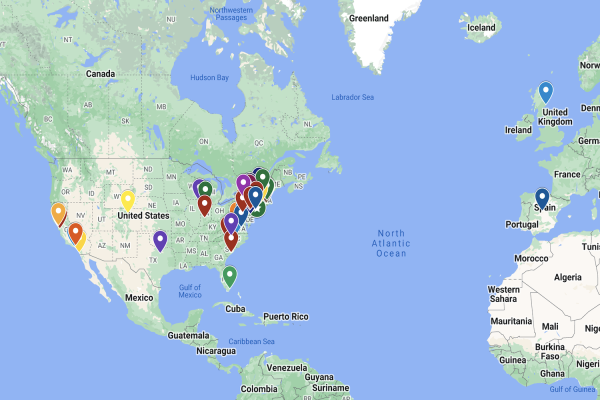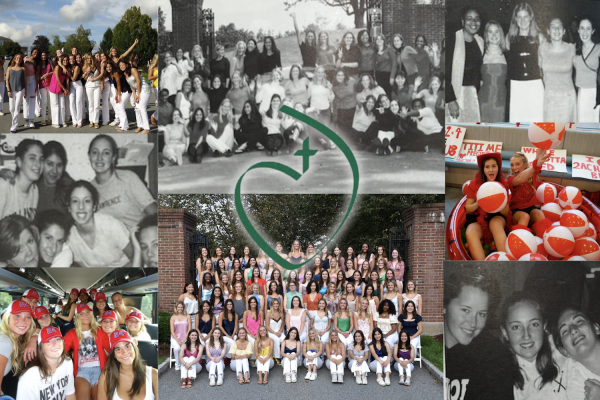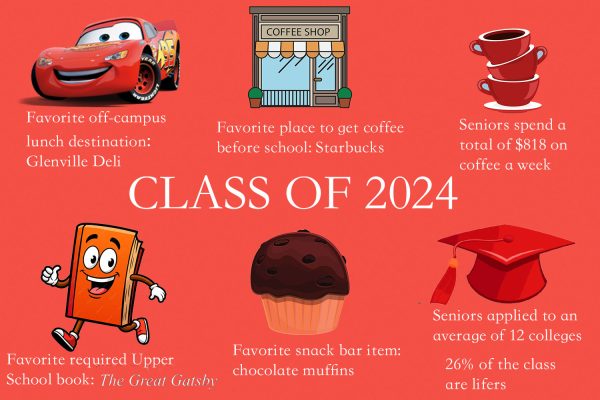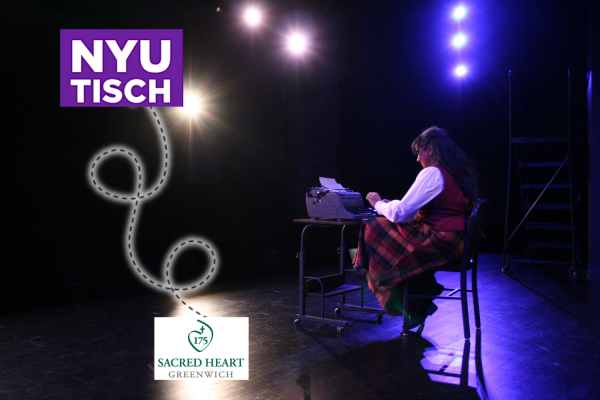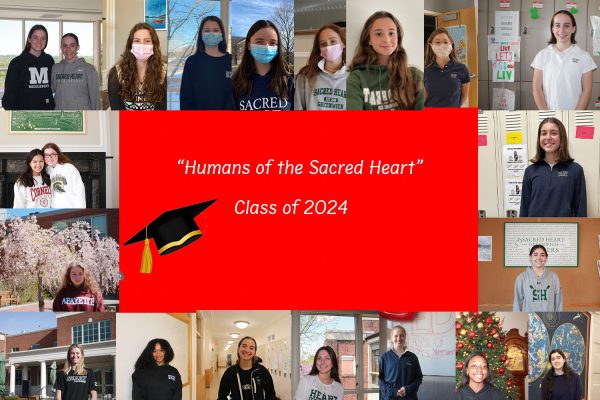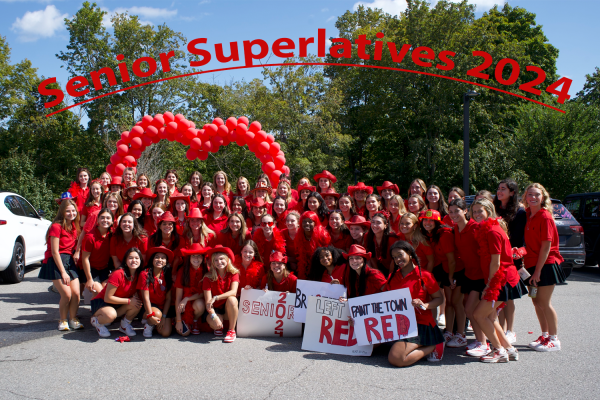Exploring the origins of Valentine’s Day’s commercialization
People across the globe celebrate Valentine’s Day every February 14.
People around the world cherish their loved ones through Valentine’s Day traditions February 14. The origins of this holiday trace back to ancient Roman and Christian customs, according to history.com. In more recent years, however, the celebration has centered around gift-giving, morphing Valentine’s Day into a commercialized holiday.
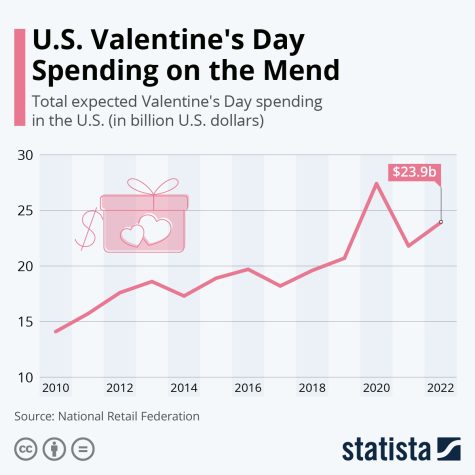
The exact origin of Valentine’s Day remains unknown. However, many believe that the Romans created the day to commemorate St. Valentine of Terni after his death. Others believe that the feast day lies in the middle of February to coincide with the festival of Lupercalia. Ancient Romans celebrated Lupercalia every February 15, according to history.com. The festival, which dates back to sixth century Before Common Era (BCE), consisted of animal sacrifices and matchmaking to fend off evil spirits and infertility, according to history.com. During this feast, men selected women to be their partners for the duration of the festival.
St. Valentine attained a reputation as the patron of lovers because he secretly married Christians during the third century. As a result, the Romans executed him February 14, according to history.com. Before his death, St. Valentine signed a letter with “Your Valentine.” Today, people often sign their Valentine’s Day letters the same way. In the fifth century, Valentine’s Day replaced the feast of Lupercalia.
Although Valentine’s Day celebrates love today, it did not honor romance until the fourteenth century, according to britannica.com. Love notes and printed cards began to increase in popularity in the sixteenth century. These cards usually picture Cupid, hearts, or other Valentine’s Day symbols.

People around the world give their family, friends, and partners gifts to commemorate the holiday. Traditional gifts include flowers, chocolates, and jewelry. The increase in material purchases has designated Valentine’s Day as one of the most commercialized holidays in the world. In 2016, experts speculated that people spent $19.7 billion on Valentine’s Day and $1.1 billion of that total went towards purchasing cards, according to time.com.
Since Valentine’s Day takes place once a year, consumers tend to spend more money on gifts for their loved ones, according to todailytargum.com. In 2022, the average person spent $60 more than they did in 2012. People feel pressure to buy expensive gifts, contributing to Valentine’s Day commercialization, according to todailytargum.com. Senior Rachel Lherisson, a student in Advanced Placement (AP) Macroeconomics, remarked on the marketing behind Valentine’s Day paraphernalia.
“Companies have capitalized on this pre-existing holiday, marketing specific goods to the public as gifts of celebration,” Rachel said. “The commercialization of Valentine’s Day is so effective that consumers will go out of their way to purchase expensive goods because companies have convinced them it is necessary.”
The coronavirus pandemic incited a supply chain shortage in the global economy. Since consumers have a high demand for Valentine’s Day presents, Rachel also explained the effect of the supply chain crisis on the annual holiday.
“Valentine’s Day has become a commercial holiday, an opportunity for companies to profit,” Rachel said. “Couples everywhere buy flowers, chocolate, greeting cards, and other gifts, increasing demand for these items.” This year, however, a supply chain crisis threatens the production of classic Valentine’s Day gifts. Shortages in workers and materials, as well as transportation complications, increase[d] prices and diminish[ed] supply. There [were not] enough flowers and gifts to go around.”
Featured Image by Kelly Haggerty ’23

Kelly is ecstatic for her third and final year on the paper, returning as a Content Editor. In her fourth year at Sacred Heart she is looking forward to...


